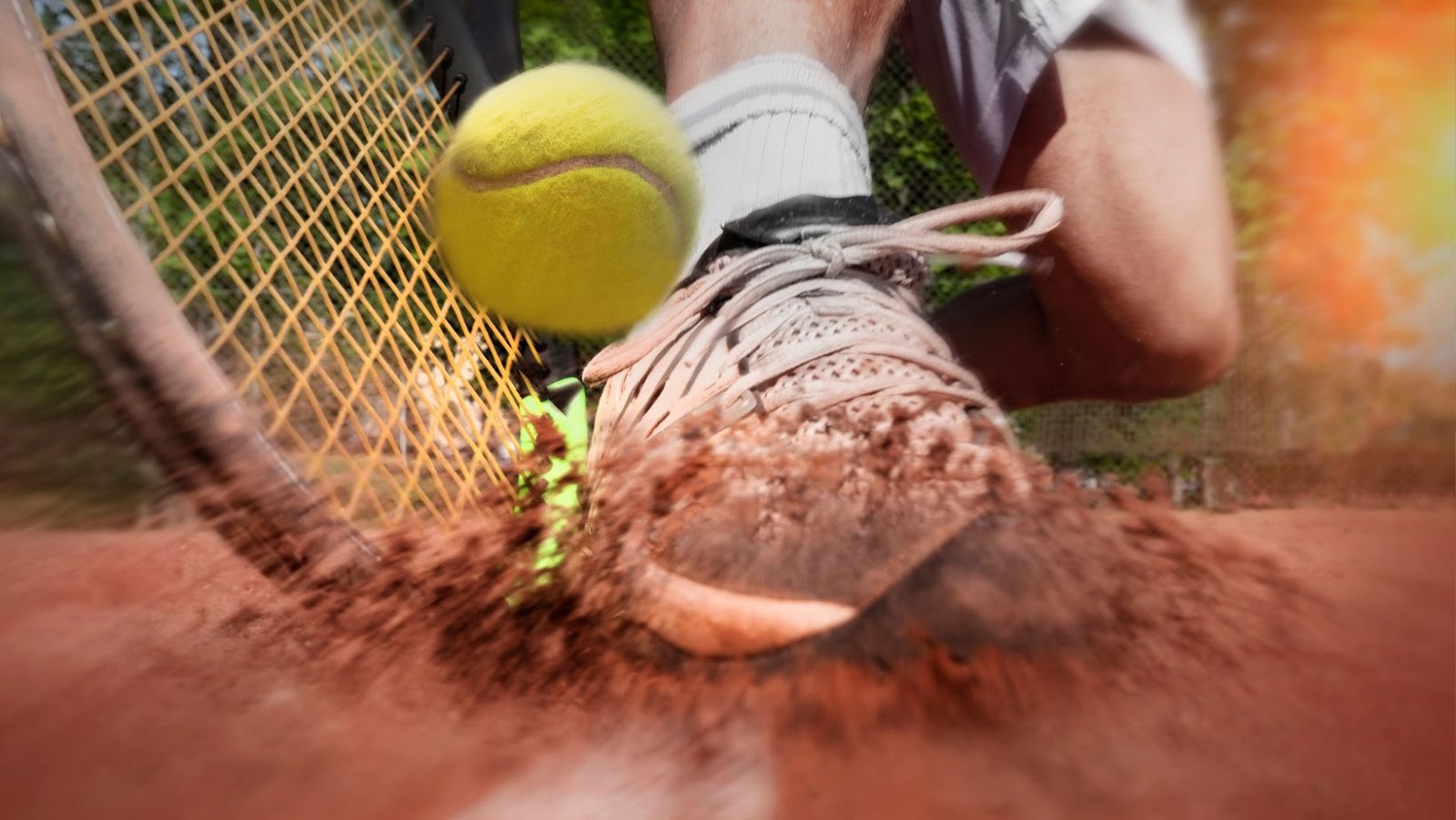
You’re not alone if you’ve ever wondered why there’s fuzz on a tennis ball. It’s a question that’s puzzled many people over the years.
The answer, it turns out, is quite simple. The fuzz on a tennis ball is there to help increase the ball’s grip on the racket when hit and reduce the amount of friction on the court.
The function of fuzz on a tennis ball
The fuzz on a tennis ball exists to help with the ball’s aerodynamics. The dimples on the ball’s surface help create a vortex of air around it as it is spinning, making it more stable in flight and helping it travel further.
The history of fuzz on tennis balls
The first tennis balls were made of cloth strips wound around a core, and the game was played with bare hands. Then, in the late 1800s, rubber was added to the coverings to make them bounce better, and players began using leather gloves to protect their hands from the harsh surface. However, it wasn’t until 1926 that Wimbledon officially mandated the use of white balls, and it wasn’t until 1972 that all Grand Slam tournaments required their use.
Fuzz was added to tennis balls in 1916 by Australian player May harden, who coated her ball with hair taken from a family pet. The idea quickly caught on, and by 1939 all manufacturers were using some form of fuzz or nap. Today’s fuzz is usually made from nylon or other synthetic materials, and it serves two purposes: it makes the ball bounce higher and spin more.
The benefits of fuzz on a tennis ball
When it comes to playing tennis, the type of ball you use can make a big difference in your game. One important consideration is whether to use a ball with or without fuzz.
Fuzzy tennis balls are generally considered better for beginners, as they are slower and easier to control. They also bounce higher, making them ideal for practicing your serve.
More advanced players typically use smooth tennis balls, which are faster and have a lower bounce. However, this makes them more difficult to control and provides a more significant challenge for experienced players.
So, if you’re just starting, you may want to choose a fuzzy tennis ball. But if you’re looking for a bigger challenge, go for a smooth ball.
The drawbacks of fuzz on a tennis ball
Fuzz on a tennis ball can affect its aerodynamics, making it harder to control. Second, the fuzz can absorb moisture from the air, making the ball heavier and slower. Finally, the fuzz can irritate your skin.
How to take care of a tennis ball with fuzz?
Tennis balls with fuzz are easier to control when serving, but the fuzz can come off if the ball is not stored properly. If you have a tennis ball with fuzz and want to keep the fuzz intact, follow these storage tips:
–Store in a cool, dry place: A tennis ball can attract moisture from the air, which can cause the fuzz to come off. Avoid storing your tennis ball in humid conditions.
–Do not put it in the fridge: The cold temperature can damage the tennis ball’s rubber and make the fuzz come off.
How to clean a tennis ball with fuzz?
The first step is to find a tennis ball that is as clean as possible. This will be the easiest way to get a clean ball if you have a new can of tennis balls. Next, using a sharp knife, cut off any fuzz on the ball’s surface. Once the fuzz is removed, you can start playing with your clean tennis ball!
How to remove fuzz from a tennis ball?
While you might not be able to remove all of the fuzz from a tennis ball, you can do a few things to lessen the amount of fuzz that comes off when you play. Start by storing your balls in a cool, dry place. If you can, keep them in a pressurized container or bag. Keep the balls out of direct sunlight if you’re playing on a hot day.
Start rubbing the tennis ball on your clothing to remove any loose fuzz when ready to play. You can also try using a lint roller or tape to remove the fuzz from the ball’s surface. If the fuzz is embedded, you might need to use a knife or scissors to cut it away. Be careful not to cut into the ball itself. After removing as much fuzz as possible, bounce the ball a few times on a hard surface to fluff it up and eliminate any remaining lint.


